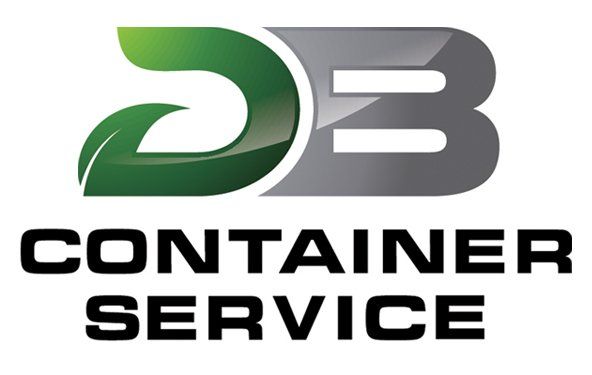Call Now for a Free Quote: (718) 257-2300
BLOG
NYC DUMPSTER RENTALS & CONTAINER SERVICES
PROUDLY SERVING THE 5 BOROUGHS OF NYC
Read Our Blog Posts
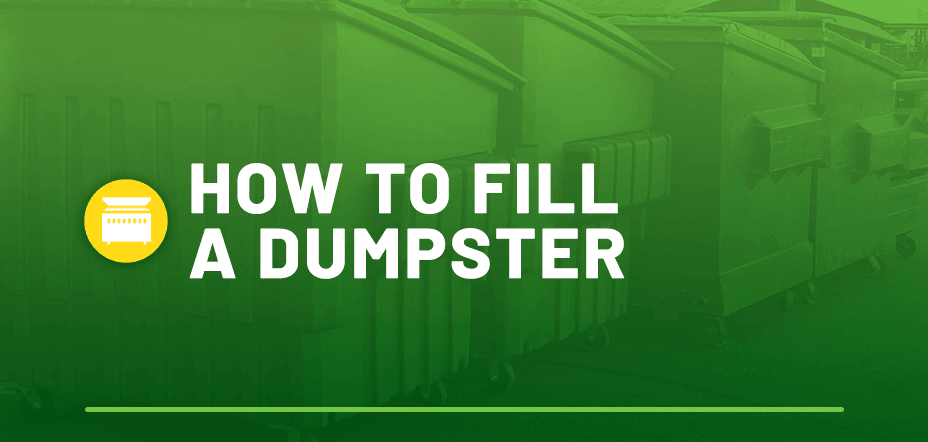
By Nick Dragonetti
•
09 Apr, 2021
Every construction project has one thing in common: waste. Whether you're doing renovations on your home or business, or you're clearing out a basement or another space, there's going to be a lot of trash you have to deal with. There's a high chance you're going to be needing a roll-off dumpster to contain all that garbage — but there is a right and wrong way to fill it. Renting a dumpster is convenient because the company delivers it and picks it up. All you have to do is fill it. Loading a dumpster correctly can save you time and money, so make sure you know your gameplan before you rent one.
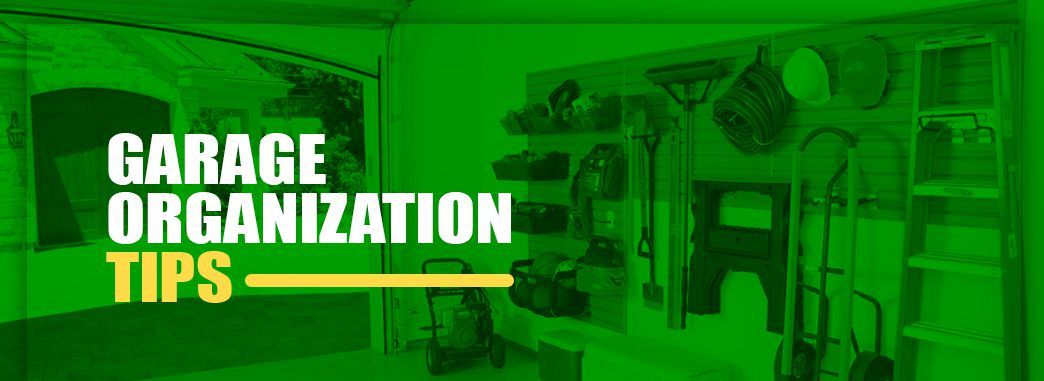
By Nick Dragonetti
•
31 Mar, 2021
Do you wish your garage was clean, organized and used for more than miscellaneous storage? Many homeowners want to improve their current garage space. A majority of Americans spend a few hours each week in their garage engaging in activities but for many others, clutter and excess storage prevent them from using their garage to its full potential. D.B. Containers is the trusted dumpster rental service for New York City residents to organize and discard the clutter that's been stored in their garage for too long. We realize that cleaning and organizing even the smallest garages can be a huge undertaking which is why we've gathered a list of tips that will help you thoroughly clean and organize your garage while suggesting ways to keep your clutter to a minimum. When Is the Best Time to Clean and Organize Your Garage?
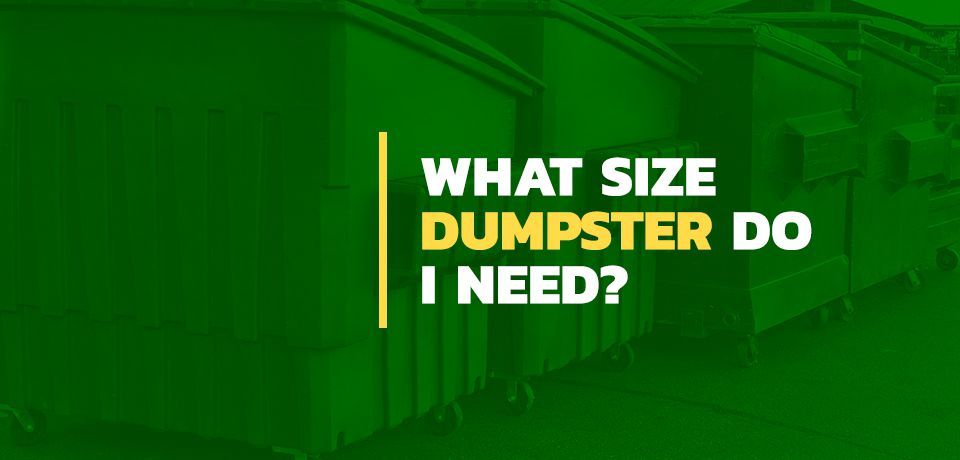
By Nick Dragonetti
•
11 Mar, 2021
If you undertake a significant home improvement project, whether it's a remodel or demolition, you'll quickly realize you need a way to dispose of all the resulting debris. You'll either have to use hundreds of trash bags — which may not even accommodate larger pieces of debris — or you can rent a large, sturdy dumpster that can easily be hauled away once your project is finished. While renting a dumpster may be a no-brainer for your situation, figuring out the size of the dumpster you need is not always as easy. In the guide below, we'll discuss the most common sizes for dumpsters and provide some tips on how to pick the best one for your project.
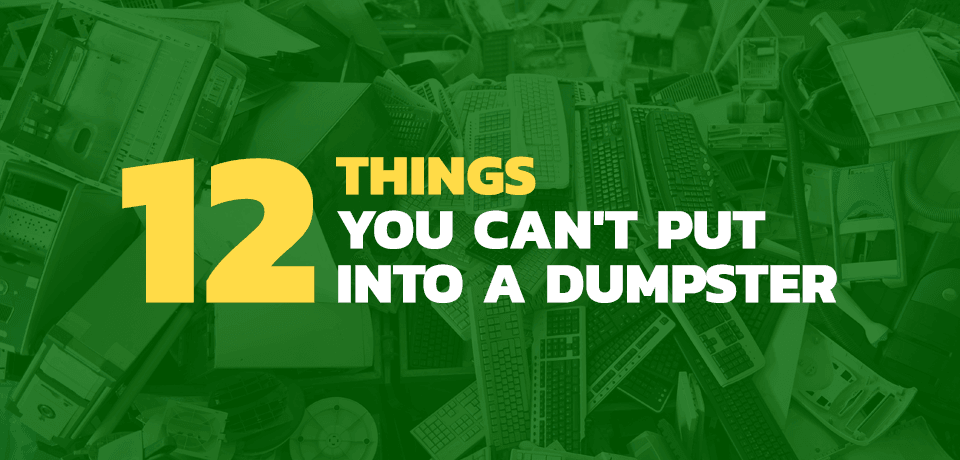
By Nick Dragonetti
•
27 Jan, 2021
Many people tend to treat a dumpster like a garbage disposal — anything that isn't going to break it is going into it. In 2017, the United States generated 267 million pounds of municipal solid waste, including garbage, recycling and compost. Though much of that waste comes from household garbage, a lot comes from residential, commercial and contractors' dumpsters as well. But many items are prohibited in roll off dumpsters — or if they are not banned outright, they are accepted only with the payment of additional fees. What cannot go in a dumpster? The answer likely varies depending on where you live and your city's local regulations. But a few items are generally prohibited in all dumpsters, and it's important to be aware of these. Below, we'll discuss why some items cannot be thrown away in dumpsters, list some common items that cannot go into dumpsters, and answer some common questions about what is not allowed in a dumpster, what you can put in a dumpster, and what may be allowed for an extra fee. Why Should Some Items Not Go Into Dumpsters?
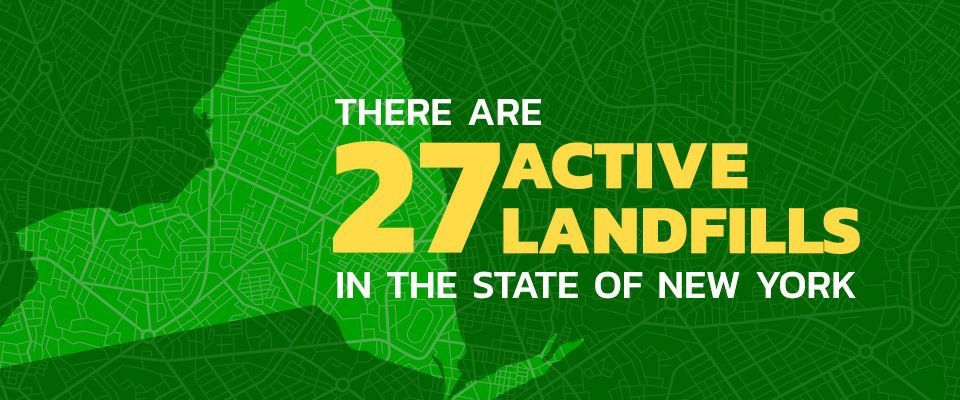
By Nick Dragonetti
•
31 Aug, 2020
What Can I Recycle? Making the most of materials through recycling is a noble practice, but are you putting the right items into your bin? Many people are unaware of the specifications for recycling, which leads to mishaps and setbacks for facilities — not to mention bad news for the environment. Misplaced items in recycling bins are a widespread problem. The average contamination rate — how many non-recyclables taint recycling batches — for communities and businesses is approximately 25 percent . Mistakes in recycling are easy to make, but they're also easy to fix with a helpful guide. If you've been wondering, "What can I recycle and what doesn't meet the standards?" this resource can give you an answer. Benefits of Recycling Your thoughts on recycling are probably different from those of some of your friends and family members, as most Americans have differing opinions about it. These Americans also have different influences and levels of access. For every 10 Americans, about three of them say their community strongly encourages recycling. There are significant, real advantages to recycling and re-using that everyone should know so that the number can reach 10. In the long run, recycling is a beneficial endeavor that can transform your community and the earth. Check out these reasons that you should get involved in recycling. 1. Reduce Landfill Buildup Unwanted materials have been thrown away in remote spots for centuries, but the space for landfills is quickly diminishing. Unfortunately, land isn't unlimited, and the capacity of existing landfills is shrinking.
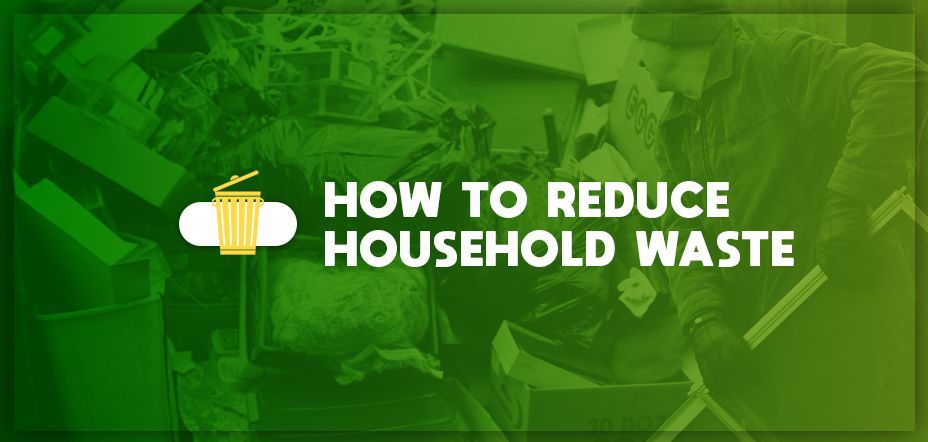
By Nick Dragonetti
•
31 Aug, 2020
The United States generates unbelievable quantities of municipal waste every year. The latest figures from the U.S. Environmental Protection Agency (EPA) show that the United States generates 267.8 million tons of municipal solid waste a year, or about 4.5 pounds of waste per person every day. And of course, all those tons of solid waste can have a devastating effect on the environment. Municipal solid waste landfills are the third-largest source of methane emissions — which contribute to the greenhouse effect — in the United States, accounting for 16% of such emissions. Pollution, fossil fuel burning and other greenhouse gas emissions are associated with excess waste as well. What are some ways to reduce the amount of waste in your home? Fortunately, households have a variety of options — the familiar injunction to "reduce, reuse, recycle" is excellent advice to start with. Below, we'll elaborate on some ways to reduce household waste and how to get started incorporating those strategies into your daily life. Benefits of Reducing Your Household Waste

By Nick Dragonetti
•
24 Aug, 2020
Whether you're renovating a room or your whole home, you should plan your steps to remodeling a house before you begin. Creating a home renovation checklist can be exciting as long as you remember to be flexible and patient during any surprises or delays. Use this guide to learn how to plan your home renovation. Build a Project Plan Before you start your project, you need a plan on how to renovate the house. Since a remodel is a complex undertaking, be patient and take several months to consider all the details so you can create one that works for you and your family. Lay out how you want your house to look on a simple piece of paper or blueprints. Ask yourself these questions to help you brainstorm: What do I want to change? After you've lived in your house for several years, you probably have some elements you'd love to change. Design is a crucial component of remodeling your home, and you might need to be a little creative. While thinking about what you want, consider the comfort, privacy and visual appeal of your living space. What do I need to update? Besides the aesthetic design or convenience of your home, you also should consider the safety and functionality features of the space. Knowing what you want and need will help determine where you can save money and splurge. What am I allowed to do? You'll need permits to renovate your house so your project will be up to code according to the zoning regulations in your area. What will my life look like in the next 10 years? Your new bathroom or kitchen could last you several decades before you need to update it. During that time, your family could expand or change. Consider your future as you think about how to plan your home renovation. Do I want to sell the house? If you want to sell your house soon, focus on attracting prospective buyers instead of accommodating your design and comfort preferences. Consider which projects and details would increase your property's resale value. Create a Renovation Project Budget After you've decided what you want to do, you can create a realistic budget. You should make sure you're able to afford your home renovation before you take on the project so you don't run out of money. Decide on a number you're willing to spend and try to stick to it as you order materials and hire a contractor. Consider these factors when creating your budget: The source of the money: You could either pay for the renovation with cash, take out a loan from the bank or use a credit card. Keep in mind that contractors often charge fees if you choose to finance. Where your money is going: When you hire a professional, they order the permits, install your building materials and complete the details of your remodel. They might also dispose of the waste from your previous home components and use specialized equipment to make your living space look updated and clean. Unexpected costs: You often run into surprises when you renovate a house, especially if you live in an old house. If your contractor finds problems in the area, you'll have to pay extra money to fix them. Put a buffer in your budget for these unanticipated expenses.
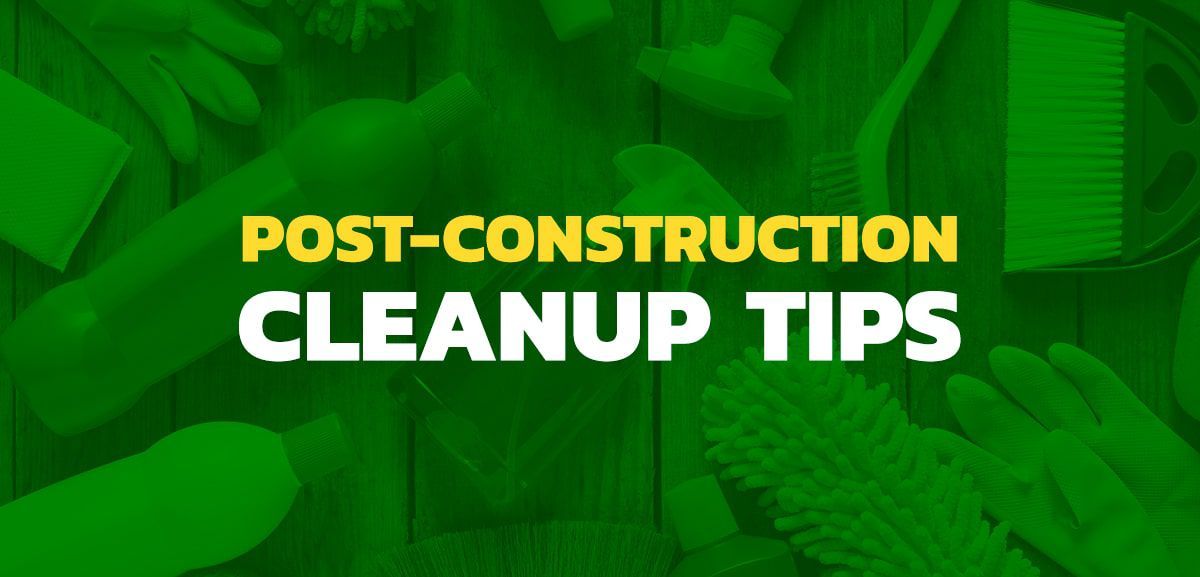
By Nick Dragonetti
•
15 Jul, 2020
Both indoor and outdoor construction jobs can leave behind a lot of waste. Common site waste includes wood, nails, plaster, stone, dirt, brush and hazardous materials like paint stripper and some types of insulation. While post-construction cleaning might seem like a daunting task, there are some tips you can follow to make the process go quickly. Tips for Cleaning up After Construction Projects The key to safe and efficient construction site cleanup is to separate the project into individual tasks and take them one at a time. Remember to wear gloves, face masks, goggles and closed-toe footwear while cleaning to minimize the chance of injury. If you're cleaning up after a large-scale project, you may need to clean some things more than once to ensure the desired level of sanitation. Here are some post-construction cleaning tips to help you break things down into manageable tasks: 1. Clean the Air Purifying the air at your construction site is essential for your health and well-being. Construction site dust is filled with hazardous debris, including crystalline silica. Crystalline silica is a natural mineral substance created from crushing stone, rock, bricks, concrete and similar materials. When inhaled, crystalline silica can lead to lung and kidney disease, chronic obstructive pulmonary disease (COPD) or cancer. The best way to protect yourself from these particles is to wear protective gear, purify the air with an air purifier and promptly change all indoor air filters. Make sure air vents are clear of any debris, dust and obstructions. 2. Sweep and Vacuum the Floors
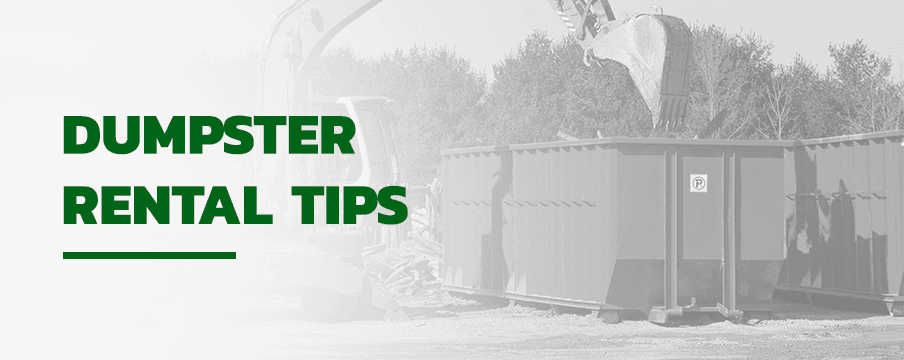
By Nick Dragonetti
•
21 Feb, 2020
If you have decided to rent a dumpster for your home project or contracting or commercial needs, you may feel overwhelmed with questions. How do you rent a dumpster? When should you rent one? How big of a dumpster do you need? Our team of hardworking experts is here to help. Read on to learn the answers to these questions and get some helpful tips for renting a dumpster. How to Rent a Dumpster Use the following guide to navigate through the dumpster rental process: Determine the scope of your project and calculate the needed size of your dumpster rental. Contact a reputable container service with positive customer testimonials and proven success. Clear the space needed for your dumpster rental. Create a plan for filling your container. Load carefully and with purpose — stick to the plan. This will keep you safe and help the process go smoothly. Contact your container company if your dumpster needs emptied and brought back, or when you are finished using it. Tips for Renting a Dumpster Now that you know the steps needed for successful dumpster rental, here are a few tips to keep in mind: Place your dumpster on level ground. Use a ramp when necessary. You can construct one using plywood and cinder blocks. Avoid overfilling your dumpster. This is a safety hazard and could result in additional fees. Use a wheelbarrow to make the loading process faster and safer. Recycle materials when you can . This is good for the environment and economy and can give you more space in your dumpster container for non-recyclable materials. Making the Most of Your Dumpster Rental Plan how you will fill your dumpster . You will find you have much more space to work with — and a much easier time loading — if you figure out your gameplan ahead of time. Understand how to layer the items in your dumpster for maximum efficiency. Set aside things that cannot be thrown away. Decide the exact location you will place your dumpster container and let your neighbors know to expect its arrival if necessary. Decide if more than one emptying trip will be needed. Sometimes, you end up needing to haul away more than you anticipated. Keep an eye on the level of your dumpster and make adjustments as needed. Keep your dumpster's weight limit in mind as well as the length of the rental period. This information will be provided to you. Keeping these numbers in mind will help you avoid incurring additional costs. If possible, have your materials prepared for throw-away before your rental shows up. This way, the process can go as quickly and efficiently as possible and you have a clear picture of the amount of space you will use. Prepare your space for the dumpster before its arrival. This includes measuring the distance from the debris to the dumpster. Plan to place your dumpster on level ground as close to your waste as possible to minimize trips back and forth. As a courtesy — and to avoid having to move your dumpster more than once — be sure your dumpster is not blocking any parked cars, traffic or entrances to homes or businesses. Common Dumpster Rental Questions Have a question about dumpster rental? Keep reading to find answers to some commonly asked questions. What Size Dumpster Do I Need? D.B. Container Service offers 10, 15, 20 and 30-yard dumpster rental options . These dumpster sizes are ideal for the following kinds of projects: 10-yard dumpster rentals: Our 10-yard containers are the ideal size for cleaning out a one-car garage, a small room remodeling project or general spring cleaning around your home. 15-yard dumpster rentals: These can handle the contents of a two-car garage, a large room interior or exterior remodeling project or items from basement decluttering. 20-yard dumpster rentals: 20-yard rentals are suitable for roofing debris, siding, deck removal or basement renovation. 30-yard dumpster rentals: These are best for new construction projects, whole house renovations, commercial clean up and more. If you are still unsure of what size dumpster your project or business needs, give our experts a call at 718-257-2300. We are happy to help you make the best choice. How Much Does It Cost to Rent a Dumpster?
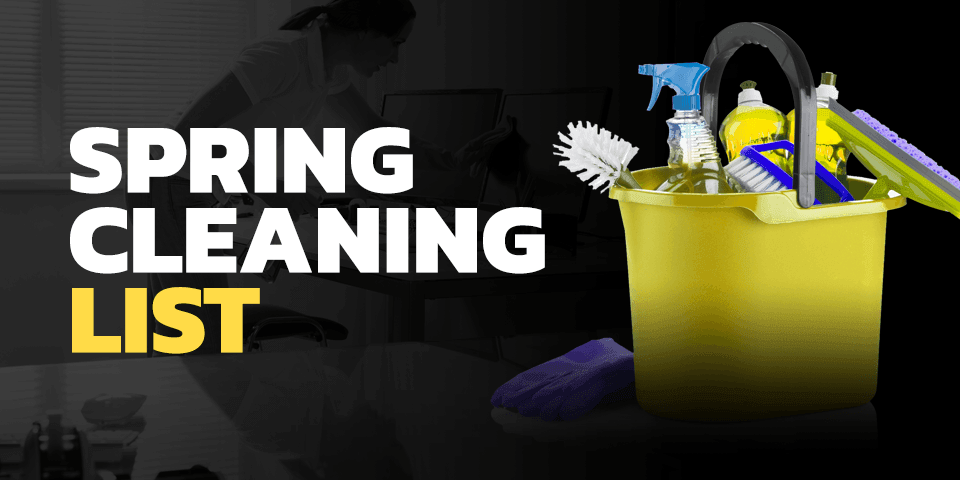
By Nick Dragonetti
•
09 Jan, 2020
It won’t be long until warmer weather brings back new buds, green grass and birds singing in the trees, so it's time to consider when to start your spring cleaning. It’s wise to start thinking about your spring-cleaning checklist now because a spring clean is different than the usual tidying up you do regularly. A spring clean results in a deep-cleaned house which makes that routine cleaning easier and more efficient. A spring clean means going room by room cleaning and de-cluttering so that our homes are fresher and more organized. When to Start Spring Cleaning The first early days of warm weather are the best time to start spring cleaning. It's essential you air out rooms that have been closed up throughout the winter. As part of your cleaning efforts, you want to bring in fresh air into your home to refresh things like your mattresses, your laundry room and your bathroom. In the New York City area, spring normally starts towards the end of March and early April , when the Yankees and Mets begin playing baseball. In fact, the start of baseball season is a great time to start spring cleaning. Days may still be a bit cool, but they are warmer. We all have a little more energy when spring comes, so it’s a great time to grab your spring-cleaning tools and get to work. To do a thorough spring cleaning, don’t try to do it all in one weekend. You will only get tired and frustrated. Our spring-cleaning checklist stretches over four weekends with each weekend dedicated to a particular section of your home. Focusing all your energy and time on doing that cleaning one day on the weekend will give you both the satisfaction of a job well done and the impetus to move on to the next area the following weekend. Before we get started, here are a couple of quick tips to use in every room of your house: Clean from top to bottom so that you won’t be knocking dust and dirt on a surface that you’ve already cleaned. Work from left to right. So what you want to do is work on one section of each room, starting at the top left and working to the bottom right. This will help you keep track of the areas that you’ve already cleaned. First Weekend: Spring Clean the Kitchen
NOT SURE WHAT SIZE DUMPSTER YOU NEED?
CALL (718) 257-2300 OR CONTACT US TODAY
ADDRESS
D.B. Container Service
129 Louisiana Ave.
Brooklyn, NY 11207
HOURS OF OPERATION
- Mon - Fri
- -
- Saturday
- -
- Sunday
- Closed
© 2024
DB Container Service | All Rights Reserved | Privacy & Accessibility | Online Marketing by Gilmedia

